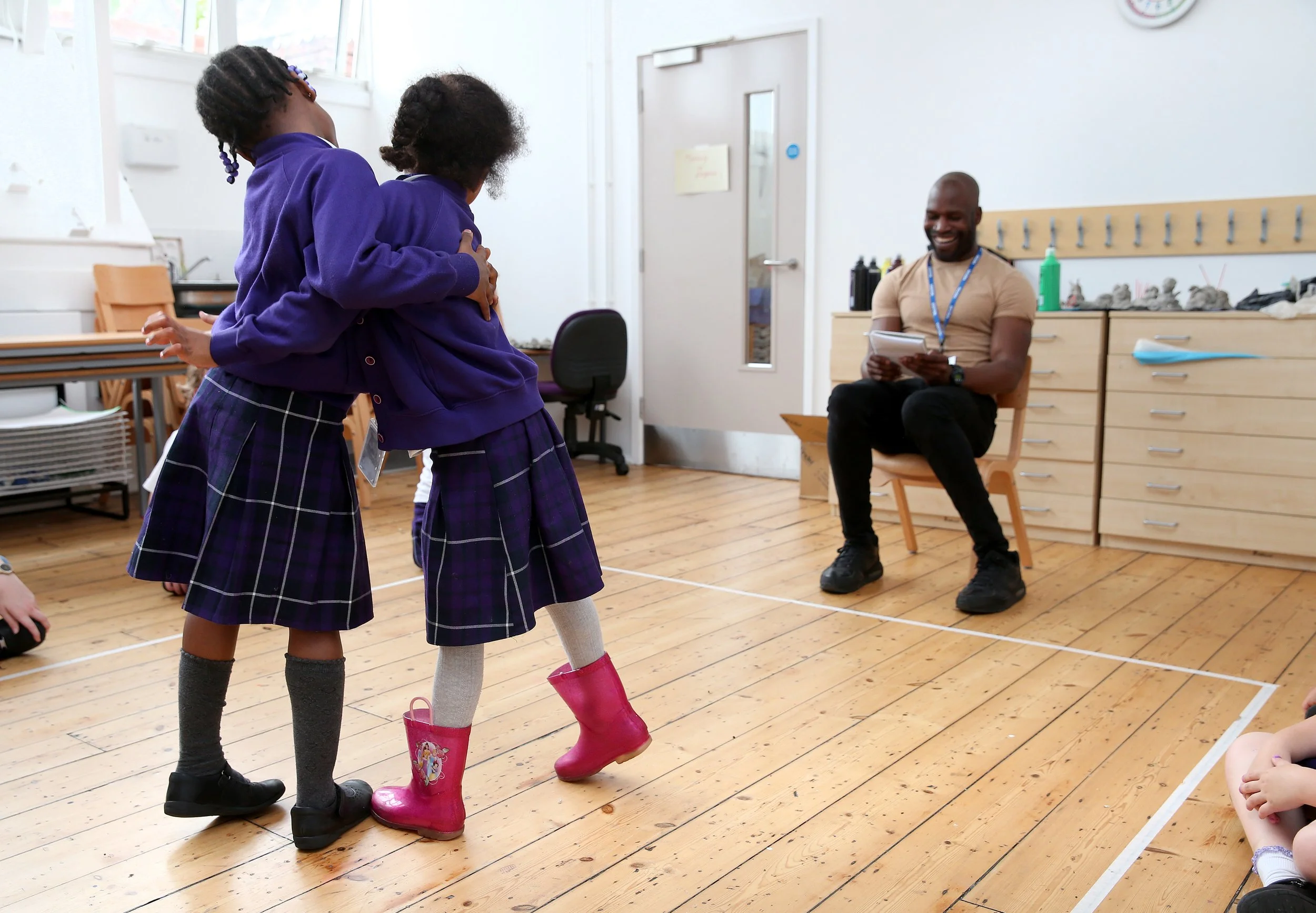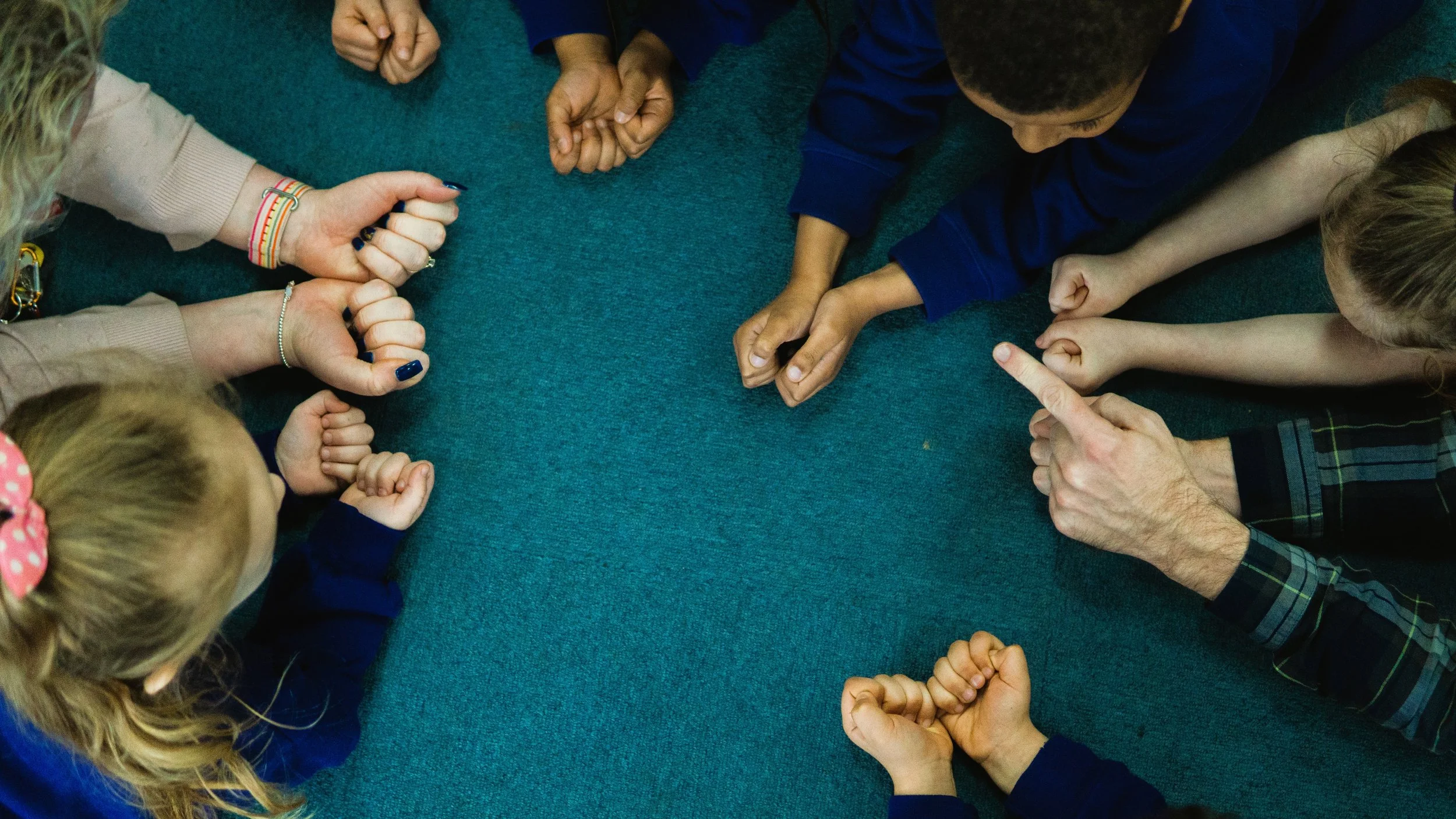Being a Young Trustee
By Caitlin Mcloughlin
How I Became a Young, First Time Trustee at Speech Bubbles
Hello! I’m Caitlin, and I joined Speech Bubbles as a young, first time Trustee about a year ago. I thought I’d tell you a bit about how I became a Trustee, and why that matters.
Chapter 1 - From ‘Yessssss’ to ‘Wait a Minute’
Once upon a time, I was looking for ways to get more involved in the charity sector in my spare time. I work at a consulting firm for social and environmental good, so I’m passionate about the non profit space, and was keen to get more first-hand experience. When a couple of my colleagues suggested becoming a Trustee, my initial reaction was ‘Yesssss’, which quickly turned to ‘wait a minute’. Statistics show that less than 3% of Trustees are under the age of 30.
Chapter 2 - Thankfully, I found Speech Bubbles
Thankfully, I found Speech Bubbles. Not only is the organisation’s mission to support children with their confidence, communication and well-being unarguably amazing, but the team is also committed to building a welcoming and inclusive Board. For example: I was offered a call before applying to understand what would be involved; I never felt at a disadvantage for lacking prior Trustee experience; and the team genuinely wanted to hear what I would need to be able to bring my full self and voice to the table.
Chapter 3 - It Makes Sense to Ensure that ‘Young’ Voices are Heard
For an organisation like Speech Bubbles that works closely with children and young people, it makes sense to ensure that ‘young’ voices are heard at all levels of the organisation and its work. It’s worth stressing though that I have never felt any pressure to bring the ‘young person’s’ perspective to the role (what does it even mean to bring a ‘young’ perspective?) but countless studies show the value of a diverse workforce for innovative and fresh thinking.
Unsurprisingly, it often doesn’t occur to young people that they can give time and gain experience in this way. I recently grabbed coffee with someone I’d met at an event before Christmas. She told me that after hearing about my experience as a young, first time Trustee, she had been inspired to join a charity Board herself (she is now proudly one month into her new role!)
If you’re a young Trustee reading this, tell others about your work! Spread the word, introduce people to initiatives like the Young Trustees Movement, and inspire and support others to become Trustees if it feels the right fit for them.
If you’re ‘young’, but not yet a Trustee, do some digging to understand what the role involves; and if you’re keen, then go for it! In the interview, make sure you’re interviewing the organisation as well. Ask about the Board culture. Ask about how the team makes space for everyone to contribute. Ask about the commitment to diversity and inclusion, and what this means and looks like in practice.
Chapter 4 - Are You Following Through on Your Commitments?
If you work at a charity or on a charity Board, who’s represented, and how are you following through on commitments to bring in other voices and perspectives? Are you following through on your commitments…? Are you creating an environment where young people are able to say what they want to say, and know their contributions are valued in the way they should be?



